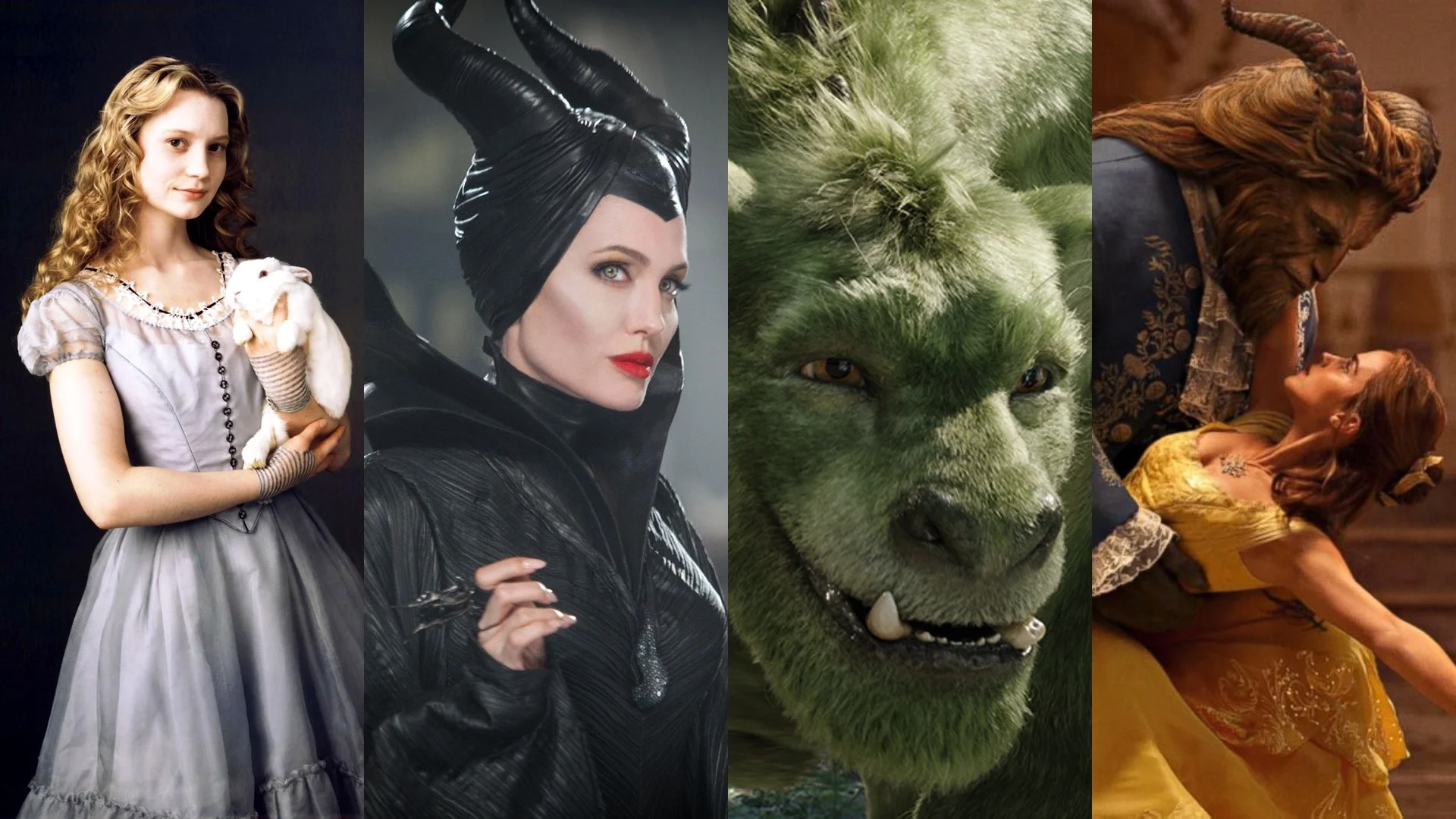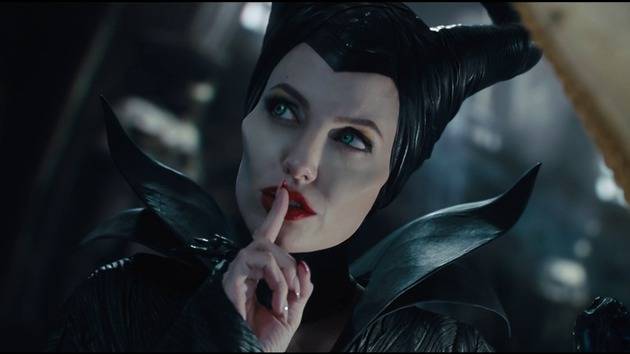How Disney Developed The Formula For Its Newfound Remake Success
Much like their bank account, Disney’s wealth of storytelling and franchises are ever-flowing and rich. The market of good, popular media has been nearly monopolized by Disney for some time, but today their presence seems hyperbolized with their involvement (read: ownership) of Marvel Studios and Lucasfilm, both of which are moneymaking machines in their own right. The Marvel Cinematic Universe disrupted the entire art of franchise filmmaking with its model of tangential, intricate interconnectivity. And while the model has found its footing in Star Wars, traces can be found of its vague implementation in another Disney franchise: nearly every animated classic the studio has ever released.
For those keeping track at home, Friday’s hotly anticipated release of Beauty and the Beast marks the sixth live-action remake of their own classic animated films. Seventh, if you count Disney’s undercooked previous attempt at cracking The Jungle Book before Jon Favreau’s marvelous film. Eighth, if you count 2010’s Alice In Wonderland, but I barely count that as a movie. Though with each live-action attempt, even with its successes, Disney was very clearly experimenting and code-cracking an age old question with its remakes: How close can we get? How close can we get to capturing the magic of animation, with all its wonder, in a more approachable, “real” setting? Star power in animated films goes far, but it can go further if movie stars are on the posters of our films. Y’know, like Angelina Jolie?
Maleficent, retelling the story of Sleeping Beauty from the perspective of its antagonist, was a massive success in a number of ways. Angelina Jolie carried the film on her pointed, villainous shoulders and delivered a performance that’s easily an earmark in her already marvelous career. Oh, and it made a lot of money. Finances aside though, the film proved that there was an audience for these films beyond Disney fanatics. Countless essays and thinkpieces marveled and mulled over the significance of Maleficent’s parallels alluding to sexual assault and rape. No small feat for a film remaking source material that didn’t scratch that sort of mature subject matter in any tangible way. Though, was it too dark? Might’ve been. Let’s scale back.
In fact, let’s remake Cinderella, and douse the film in lavish elegance. It will attract people of all ages and may earn us a few production design Oscars in the process, like Best Costume Design (it did). Kenneth Branagh, despite being a very talented director, didn’t quite hit it out of the ballpark with this one (a hard feat for something so well-wrung as Cinderella), Disney still gathered important lessons, not in the least of which that when these classic remakes look and feel like the original film, it resonates and audiences take notice.
2016 brought us the big guns, though. The Jungle Book is a pure powerhouse of a film carried by one very young human (Neel Sethi), and I’m astonished he did not receive recognition for that. The Favreau remake took a big risk in nearly-entirely eliminating the musical aspect and amping up the edge and thrills, but it equally paid off in one of the most mature, genuinely exciting adventures, and with talking animals no less. That same year, though, saw the arguably superior Pete’s Dragon, a remake in its own unique way. Like the 1977 original, this film blends live-action with an animated dragon, but completely changes its tone and themes. Pete’s Dragon borrows from the well of moving but shallow genre of ‘strange pet’ movies like E.T. and perhaps owes many elements to that film more than anything. A hard-left remake like this that completely changes the original is one way Disney can refresh its back catalog of less popular and maybe critically unsuccessful films, recognize its faults, and deliver a second chance at winning the hearts of a generation of children.
The elements are in place for Beauty and the Beast to be a strong, stellar remake. Emma Watson is nearly primed for as rich a post-Potter career as Daniel Radcliffe, and the gorgeous cinematography and CGI almost twists your arm into giddiness. Its success or its (unlikely) failure weighs heavily on its ability to recapture nostalgia while still feeling fresh and exciting.
But what does the future hold for Disney’s newfound winning streak? The next film on the docket is likely 2018’s Mulan, which, if done correctly, could be a far bigger deal than even Beast. We've also got a new live-action version of The Lion King (from Jon Favreau that's already managed to snag actors Donald Glover and James Earl Jones), 101 Dalmatians (from the point-of-view of its antagonist Cruella de Vil), Dumbo (from director Tim Burton), The Little Mermaid, Aladdin, Peter Pan, The Sword in the Stone, and even the first full-length Disney feature, Snow White and the Seven Dwarves. There’s no reason not to believe that the sky isn’t the limit on these movies. Good movies from the past, bad movies from the past, Disney straight-up knows how to deliver a quality product. So, uh, can I get that live action Lilo & Stitch movie in development?







